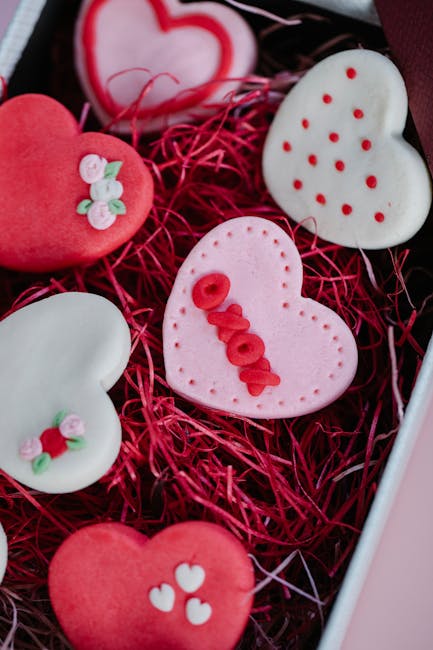
Everyone knows XOXO means ‘hugs and kisses.’ It’s a ubiquitous shorthand of affection, gracing everything from handwritten notes and greeting cards to text messages and social media posts. But have you ever stopped to consider why these specific letters? Why ‘X’ for a kiss and ‘O’ for a hug? The answer, according to sociolinguists – experts who study language in relation to social factors – delves into fascinating historical and cultural currents, far beyond simple sentiment.
Sociolinguists trace the ‘X’ back to medieval times, when it wasn’t originally about a kiss at all. In an era where literacy was rare, individuals would often sign legal documents or oaths with an ‘X’ as their mark. This ‘X’ frequently represented the Christian cross, and to signify sincerity and adherence to the oath, signers would kiss the mark. This act of kissing the ‘X’ gradually imbued the symbol itself with the meaning of a kiss – an act of sincerity, loyalty, and affection. As literacy rates increased over centuries, the association of ‘X’ with a kiss persisted, detached from its original religious context, evolving into the familiar symbol we use today.
The ‘O’ is generally understood to represent a hug or an embrace. Its origin is somewhat less complex than the ‘X,’ often attributed to its visual representation. Imagine an overhead view of two arms wrapping around someone, or the circular shape formed by an embrace – the ‘O’ neatly fits this visual. While some theories speculate on connections to games like Tic-Tac-Toe, where ‘O’ is the counterpart to ‘X,’ the prevailing sociolinguistic view leans towards its simple visual effectiveness in symbolizing encirclement or an embrace.
The pairing of X and O gained prominence in informal written communication, particularly personal letters, as an efficient way to convey affection. With the advent of typewriters, followed by email, and later the explosion of instant messaging and social media, XOXO became an incredibly efficient and universally understood symbol of endearment. Sociolinguists also observe that the specific meaning and intensity of XOXO can subtly shift based on context and the relationship between the sender and receiver – a casual sign-off between friends versus a deeply affectionate closing between romantic partners. This adaptability is a key reason for its longevity and widespread adoption across diverse cultures and communication platforms.
So, the next time you type or write ‘XOXO,’ remember you’re not just sending hugs and kisses. You’re participating in a rich linguistic tradition that spans centuries, reflecting profound shifts in literacy, religious practice, and evolving communication technologies. It’s a testament to how simple symbols can carry immense cultural weight and historical significance, making ‘XOXO’ far more than just a playful sign-off – it’s a whisper from history, wrapped in affection.
